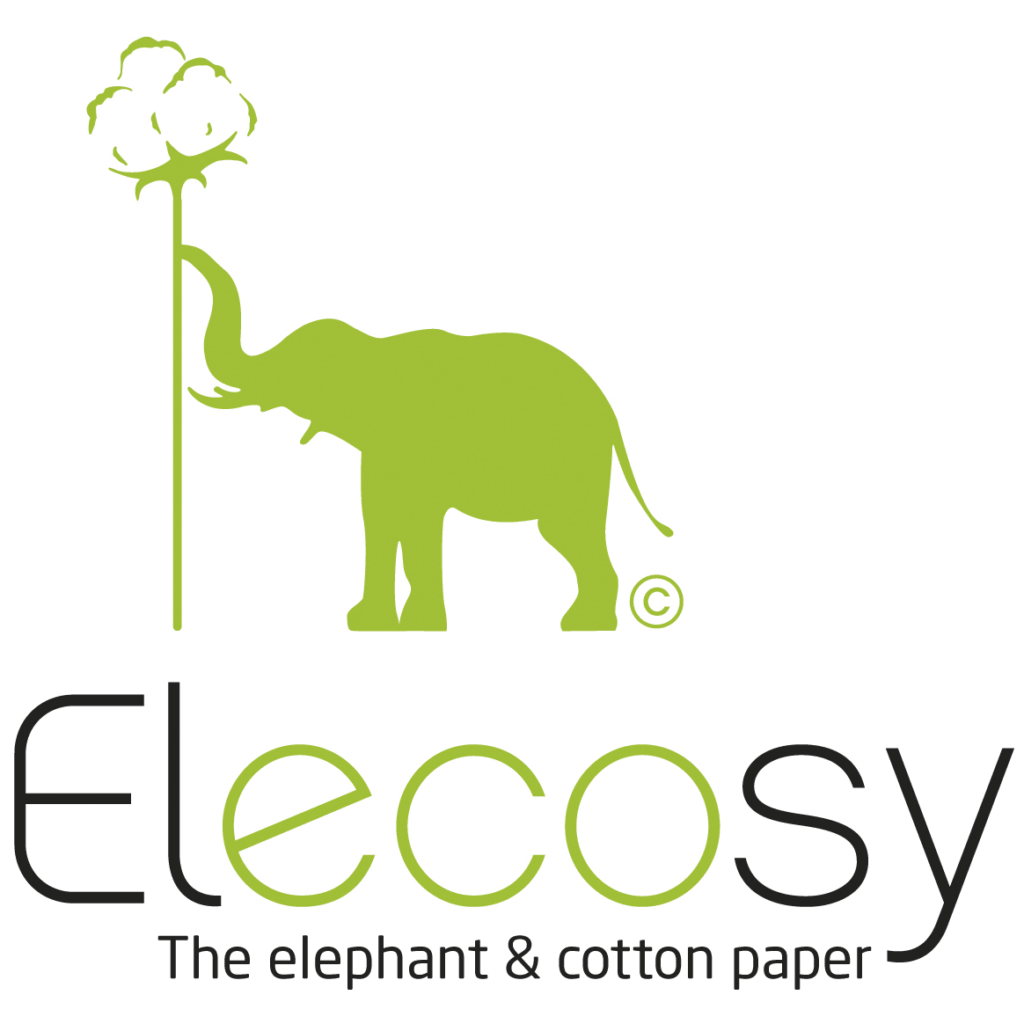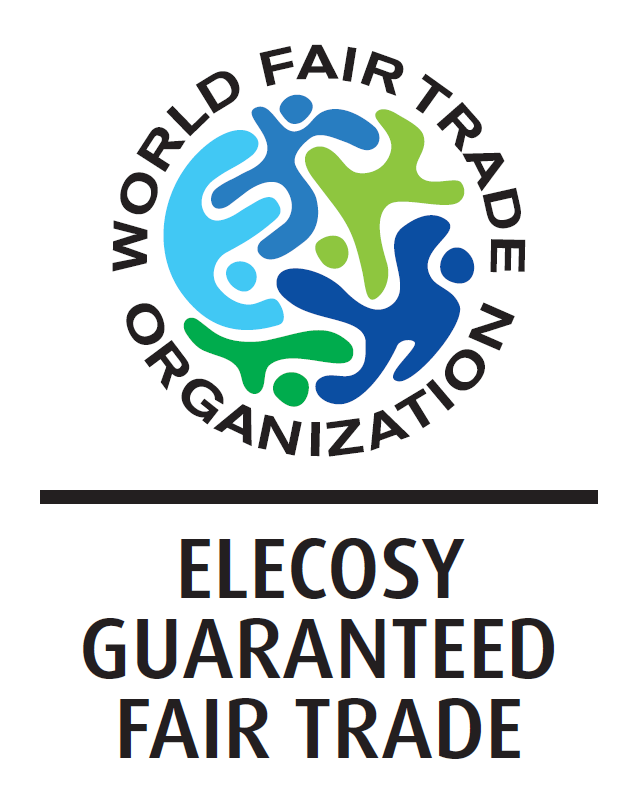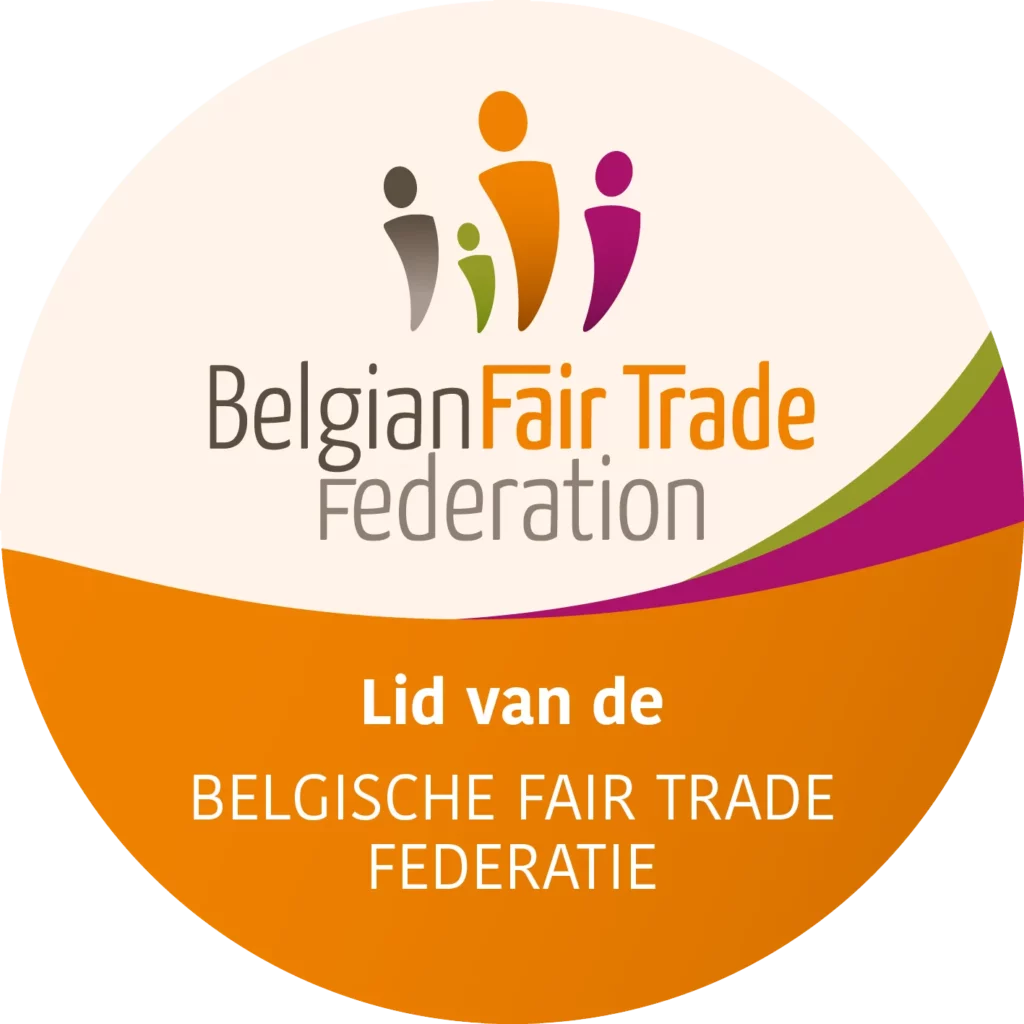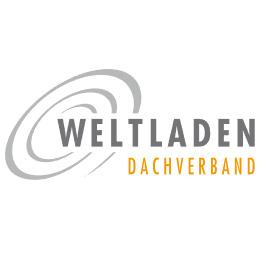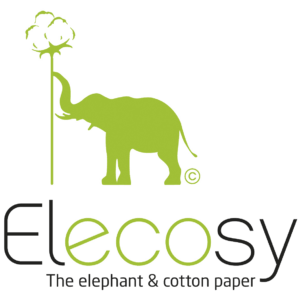From Poo to Paper

The Elephant Dung Paper Process
1/6 - Elephants poo
Every day, it’s 200 Kg in and 180 Kg out – a Ton a week of good quality papermaking material. Because the elephants digest badly , they need to eat such large amounts of leaves and fruit and so they spend a large part of the day eating.
It’s clear to see the fibrous content of the poo – 40% of their food goes straight through and out the other end – and this makes the whole process possible.
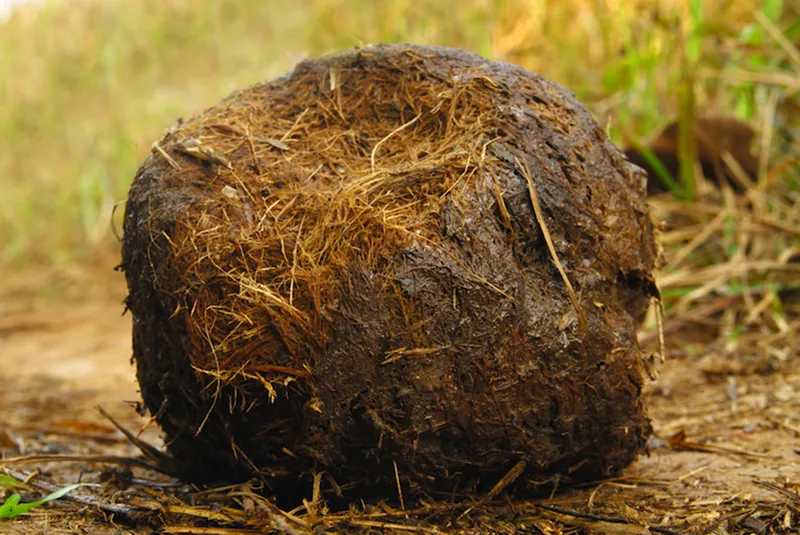
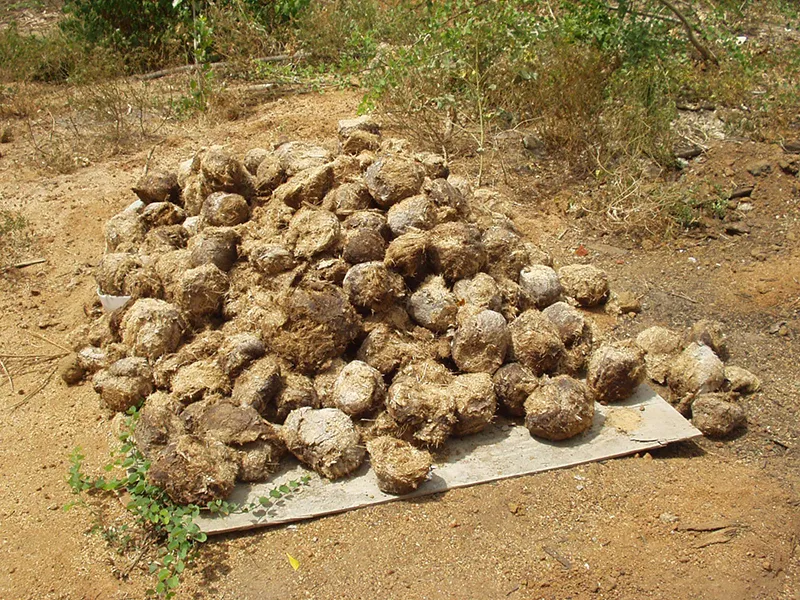
2/6 - poo is collected
We have two main sources of supply for the dung. In the main factory, most of the supply comes in daily from the elephant sanctuary next door . For the 3 other smaller factories further North in Sri Lanka , the main source is collected by the local people. These three factories are located in areas of high elephant/human conflict and they purchase the dung that is brought into them.
There are 4000 elephants in Sri Lanka : 2000 wild and 2000 working. So, if elephants are in the area, there is ample opportunity to find the dung and turn it into cash!
3/6 - poo is air dried
The first job after collection, is to dry the dung in the air in the factory for one week. Often we are asked , ‘does the elephant poo smell?’. Well, having stood next to piles of dung , as high as me, I can tell you that it smells just like grass that has just been cut.
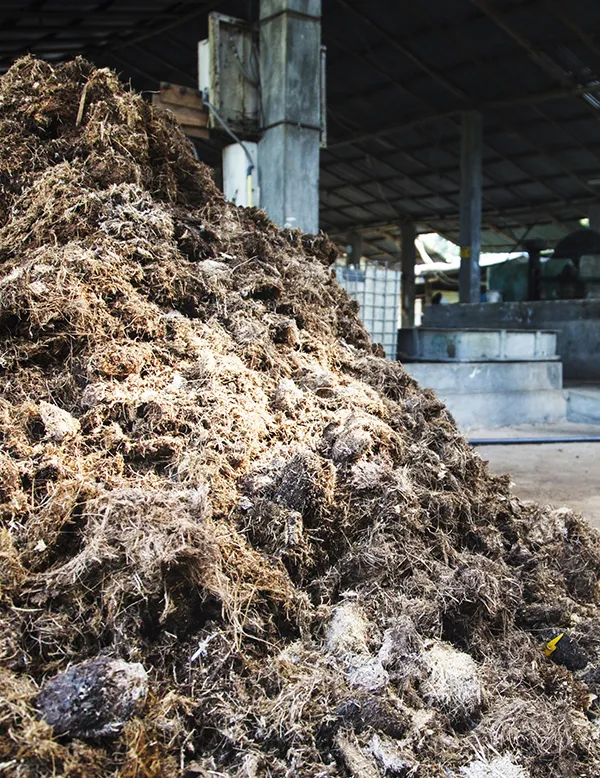
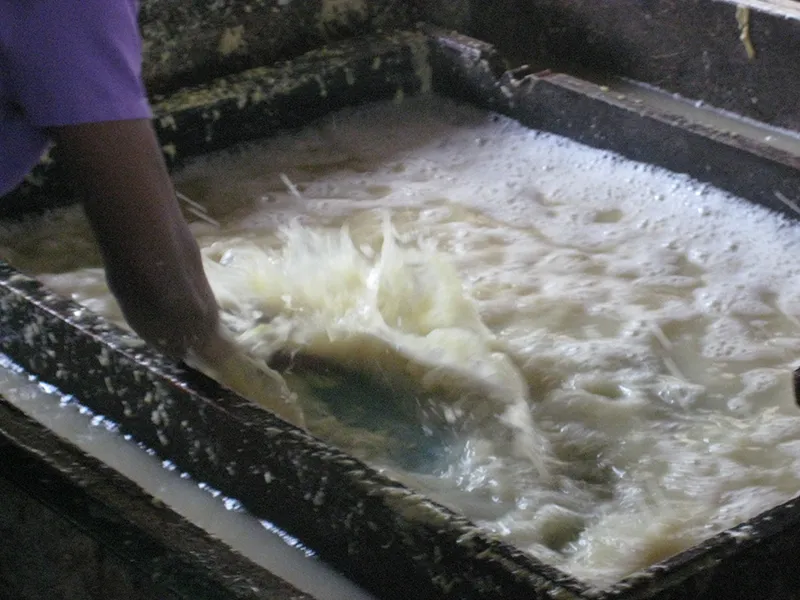
4/6 - Dried poo is boiled / steriliSed in water & herbs
After the air drying, the dung is taken to be boiled. At the same time, the dung is sterilised, using a local herb called Margosa. This process gets rid of all unwanted material and leaves the fibres needed for papermaking.
Some dung papermakers use caustic soda at this point, to whiten the pulp. We absolutely do not. We have a water treatment plant for all water used inside the factory and we ensure that the water is as clean as possible. No place for such chemicals.
5/6 - Substance is mixed in the beater with water, old paper and pigments if necessary
The fibres are then mixed in water and beaten in a machine to create pulp. At this stage colour can be added if needed and also some locally sourced recycled paper, according to the needs of the product or of the customer.
The dyes are water based and the waste paper comes from local offices.
A fine pulp is created for the next stage, the making of the paper in screens.
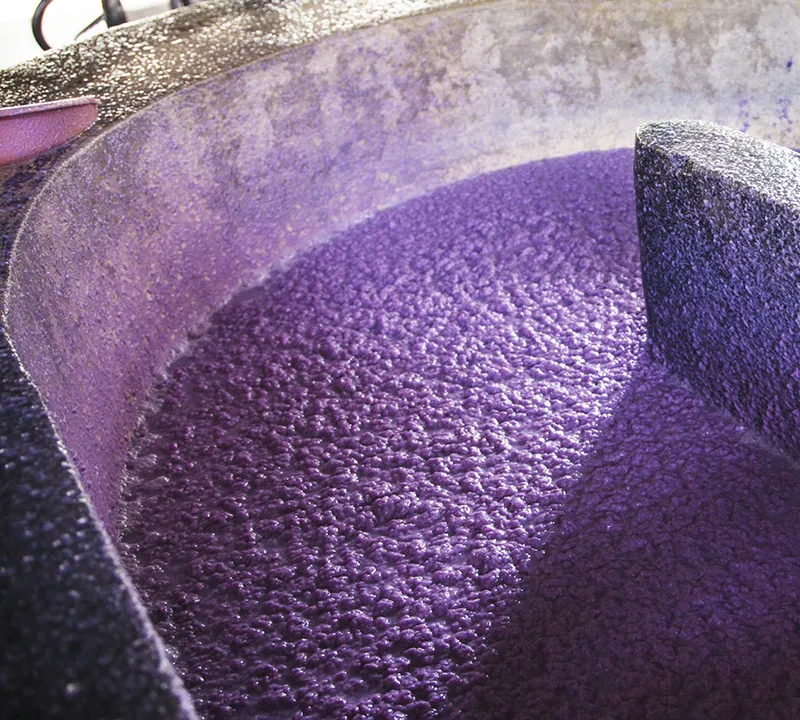
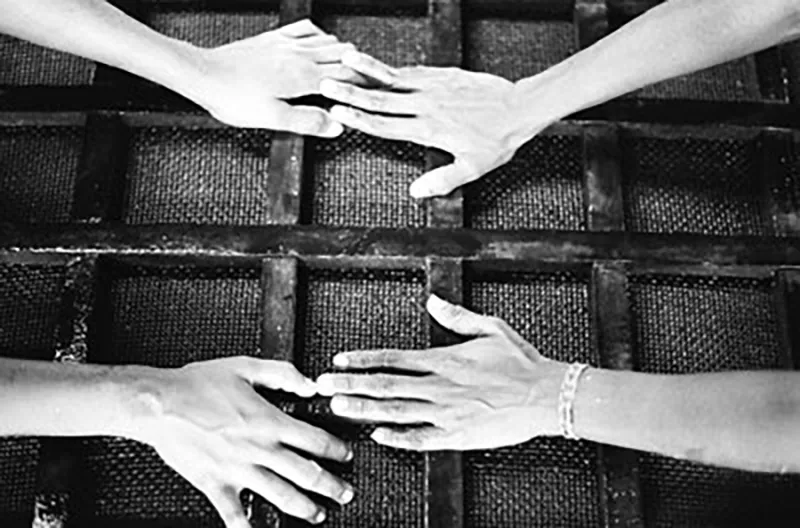
6/6 - Screen (sieve) is filled with pulp to form a sheet
The beaten pulp is taken to a screen and there spread over the screen by hand , to ensure an even coverage of pulp and so an even grammage.
The sheet of paper is then lifted from the screen , pressed to reduce the water content and then dried in the air , before being used to make many of the products such as paperholders, notebooks, picture frames, photo albums and much more.
